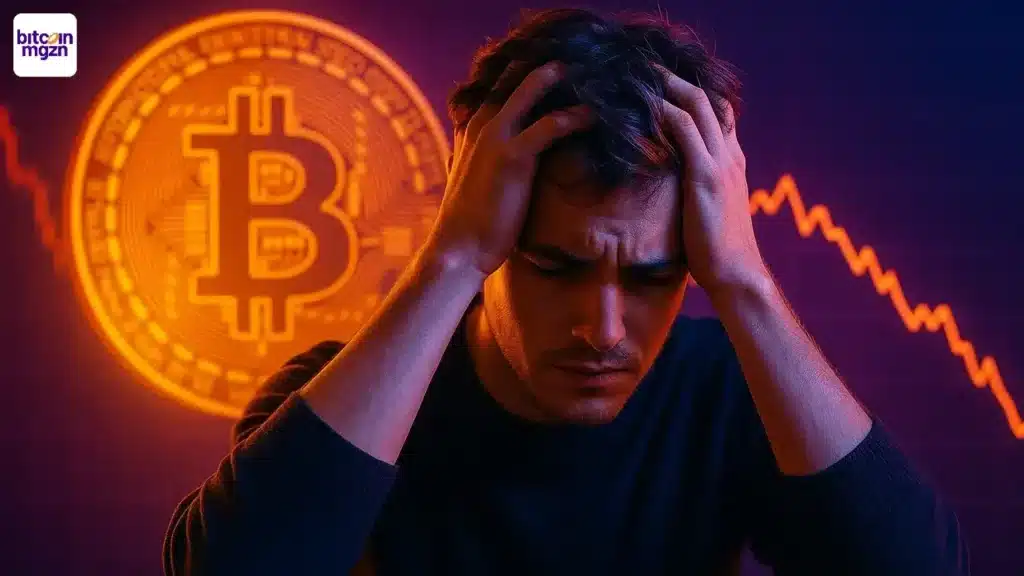Key Insights
- ISO 20022 goes live as banks shift to a new shared messaging format.
- XRP is in the spotlight as users debate its place in future settlement flows.
- Market watchers say real demand would depend on actual cross-border use.
The ISO 20022 messaging standard is now active across major financial networks.
This has led to new questions about how banks may link to blockchain systems and whether XRP could gain a place in that process.
Market commentators explain what the shift means, who is involved, and how it may shape future use.
Banks Move to ISO 20022 While XRP Debate Grows
The ISO 20022 standard went live and drew fresh attention to XRP.
Many users in the crypto space asked whether the new system would help the coin gain better traction in traditional finance.
Public figures in the community gave different views, but most agreed on one point. The standard changes how banks share payment data, not how digital assets move.
Supporters of XRP repeated that the coin has no counterparty and can act as a bridge between different systems.
XRP and Utility to TradFi | Source: PaulBarronAccording to the update, each new stablecoin or real-world asset on a network could increase the need for a settlement asset.
In addition, it was argued that this kind of role might help XRP in the long term.
Some community members pointed out that the ISO 20022 update should be seen in a simple way.
They compared the change to two people who speak different languages, choosing a shared one so they can understand each other.
Banks will now use a more structured format for messages. This will help them read and process information in the same way.
This shift does not turn XRP into a required tool, as it only gives banks a cleaner structure for communication.
Similarly, digital assets still move on their own networks, confirming that they are not tied to ISO rules.
A coin does not need the standard to settle their transaction values. It only needs a functioning ledger and a sender and receiver who agree to use it.
New Messaging Format May Open Paths to Blockchain Links
Many analysts said the new format could still help with future links to blockchain systems.
The upgrade gives banks data that is easier to route through modern platforms. This could make it simpler to connect with gateways that support digital assets.
Some claimed that systems like Ripplenet may be easier to plug into when banks finally begin implementing the new format.
They noted that XRP is not part of SWIFT and does not take part in the messaging layer.
Even so, a bank could decide to use a network that moves value through XRP if it sees lower friction and faster settlement.
A basic example was shared to explain the idea. A bank holding USD might want to send funds to a bank holding EUR.
More importantly, the process could send $1,000,000 into XRP and then convert that value into euros.
The amount of XRP used would depend on the rate at that moment. If banks used this path often, the total volume of XRP involved would rise.
This does not mean banks will choose this method. It only shows a way the coin could fit into a larger system.
Real demand would need steady settlement activity, not broad claims on social media. Each institution would make its own choice based on cost, speed, and regulatory rules.
Market Reaction Shows No Direct Price Shift
XRP price did not react when ISO 20022 went live. Market data showed a price near $1.93.
The market cap stood at about $116.45 billion as the coin fell 2.67% in the 24 hours. Trading volume reached $4.22 billion and fell 56.3%.
Market watchers said the flat reaction made sense as the new standard deals with messages, not asset prices.
No rule forces banks to use XRP, and the ISO 20022 launch did not place the coin in a new category. It simply updated how banks prepare and read payment details.
The wider discussion showed that ISO 20022 may reduce barriers for systems that use digital assets.
The update alone does not create demand for a coin as banks would still need more compelling reasons to settle value with XRP.
Source: https://www.thecoinrepublic.com/2025/11/23/can-xrp-gain-traction-in-traditional-finance-as-iso-20022-standard-officially-goes-live/


